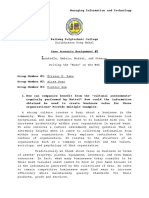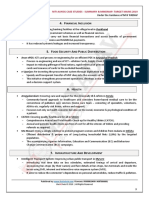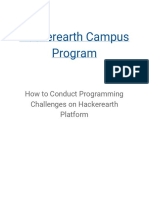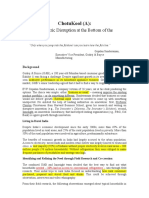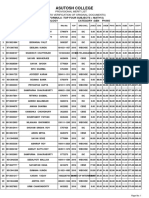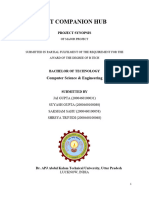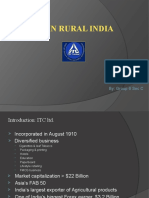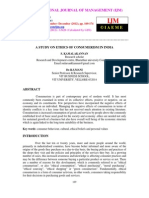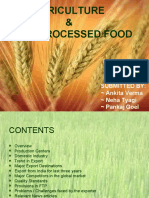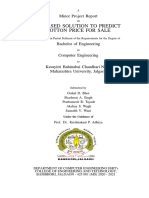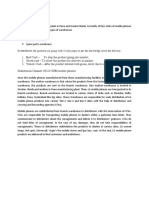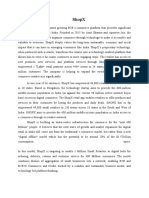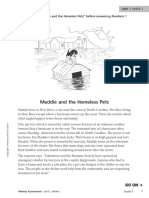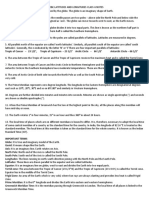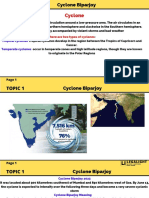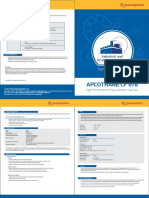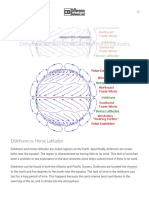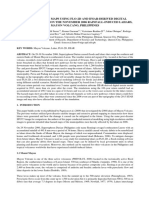0% found this document useful (0 votes)
1K views7 pagesProblem Statements Isro Hackathon
The document states that the training data is current only up to October 2023. This implies that any developments or information beyond that date are not included. Users should be aware of this limitation when seeking the latest updates.
Uploaded by
juicelord001Copyright
© © All Rights Reserved
We take content rights seriously. If you suspect this is your content, claim it here.
Available Formats
Download as PDF, TXT or read online on Scribd
0% found this document useful (0 votes)
1K views7 pagesProblem Statements Isro Hackathon
The document states that the training data is current only up to October 2023. This implies that any developments or information beyond that date are not included. Users should be aware of this limitation when seeking the latest updates.
Uploaded by
juicelord001Copyright
© © All Rights Reserved
We take content rights seriously. If you suspect this is your content, claim it here.
Available Formats
Download as PDF, TXT or read online on Scribd
/ 7
